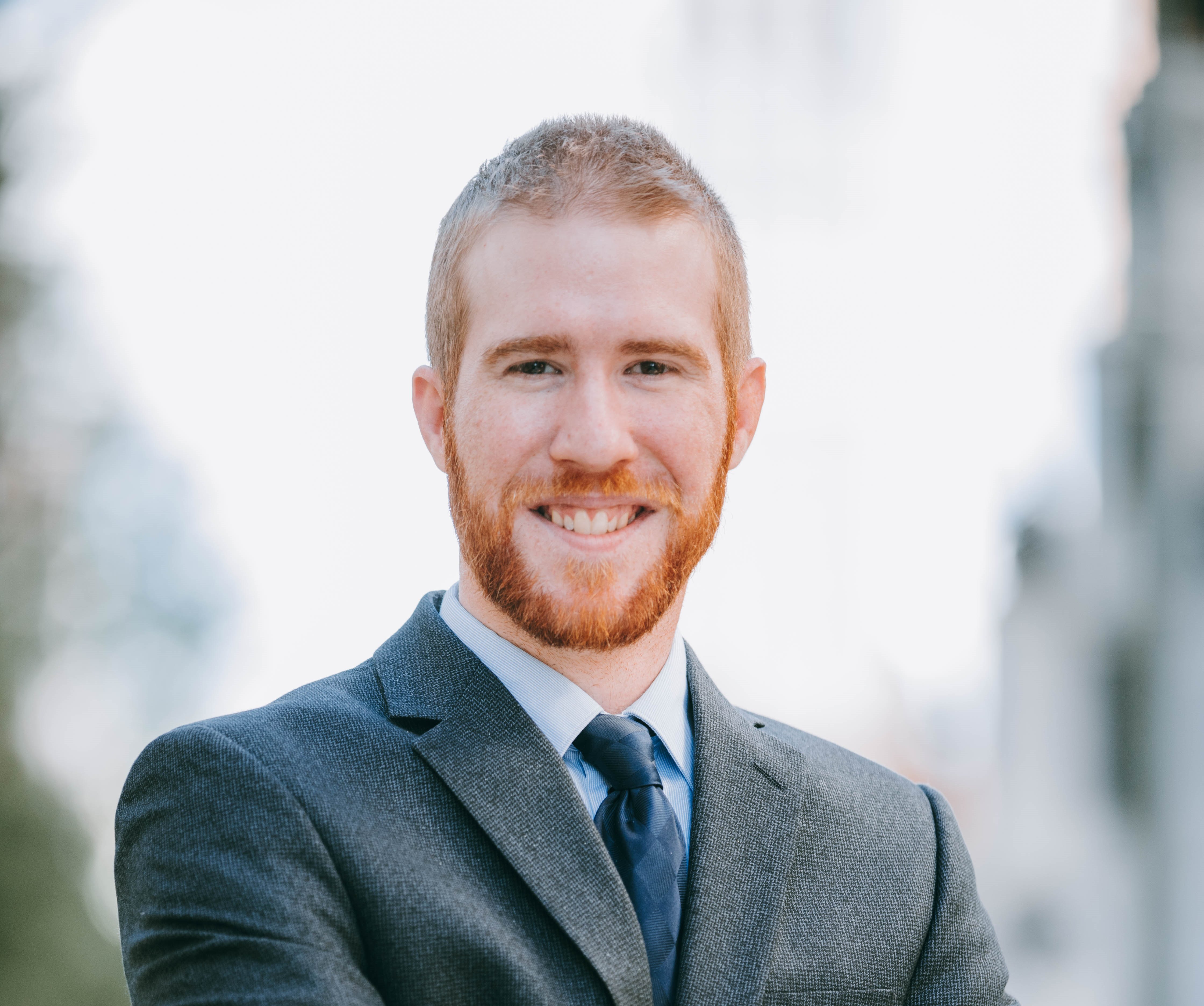 DETROIT — Trick question: Are Bishops Robert Fisher and Gerard Battersby bishops of Detroit, or bishops of someplace else?
DETROIT — Trick question: Are Bishops Robert Fisher and Gerard Battersby bishops of Detroit, or bishops of someplace else? The answer, it might surprise you to know, is both — with a qualifier.
While Archbishop Allen H. Vigneron is the “ordinary” bishop of Detroit — meaning he has full governing authority within the archdiocese’s borders — like many large dioceses around the world, the Archdiocese of Detroit is also granted “auxiliary,” or assistant, bishops to help him carry out his episcopal duties.
While auxiliary bishops are full bishops in the theological sense, with the threefold office of teaching, sanctifying and governing, they do not, under canon law, have the same governing authority within the diocese they serve as the ordinary does.
That’s where “titular sees” come in. The tradition of titular sees — which originated in the 16th century — stems from the fact that a bishop must be a bishop “of someplace.” That means, technically, that while Bishops Battersby and Fisher will serve in the Archdiocese of Detroit, they are also given the honorific title as head of a “diocese” elsewhere.
But where?
“Generally, a titular see was a diocese at one time, and the diocese was suppressed. Because the tradition is for a bishop to have his own see, his own diocese, auxiliary bishops are given these titular sees that no longer exist in reality,” said Michael Trueman, chancellor for the Archdiocese of Detroit. “However, that part of the earth is still there that the former diocese was responsible for. That area of the world likely still has a modern-day diocese responsible for it — but for whatever reason the former diocese, as it existed, had to be suppressed.”
In other words, titular sees are historical dioceses that exist in place, but not in time. So, apart from the invention of a time machine, an auxiliary bishop has no official responsibilities toward his “diocese,” but it’s still a nice acknowledgment of a bishop’s rank and title.
Often, but not always, titular sees are located in areas such as eastern Europe or northern Africa where a once-thriving Catholic population was overrun by another dominant religion, such as Islam, or supplanted by another Christian church, such as the Eastern Orthodox.
Such is the case with Bishop Battersby’s titular see, Eguga, which was located in the Roman Empire’s province of Proconsolare near the ancient city of Carthage in northern Africa, which is in modern-day Tunisia. Though the area was conquered by Arab invaders near the end of the seventh century, Eguga was revived as a titular see in 1928. Coincidentally, Bishop Battersby’s predecessor as titular bishop of Eguga is also his predecessor as auxiliary bishop of Detroit: now-Archbishop Michael J. Byrnes.
The story is a bit different with Bishop Fisher’s titular see, Forum Popilli. The ancient city in northern Italy near the coast of the Adriatic Sea — which today is known as Forlimpopoli — traces its history back to before the time of Christ: 173 B.C., to be exact.
The first bishop of Forum Popilli is said to be St. Rufillus, who, according to history, in the fourth century transformed a pagan temple to the goddess Isis into a church. The city suffered centuries of tumult, warding off attacks from invading forces until the 14th century, when, at the hands of the petty tyrants the Ordelaffi of Forli, the city was effectively cut off from contact with the Roman pontiff.
After Francesco II Ordelaffi burned the statue of the pope in the public square, Pope Innocent VI sent in Cardinal Albornoz, who retook the city by force in 1360. Cardinal Albornoz urged the city’s inhabitants to flee before burning it to the ground. Though Forum Popilli was gradually rebuilt, the diocesan seat was transferred to Bertinoro until Forum Popilli’s resurrection as a titular see.
Interestingly enough, the United States is also home to several titular sees — 16, to be exact — including one in the northern Michigan: Sault Sainte Marie. Established in 1857 and shortly after renamed the Diocese of Sault Sainte Marie-Marquette, its first and most famous ordinary was Venerable Bishop Frederic Baraga, whose sainthood cause is one of a handful open in Michigan. When the seat of the diocese was moved to Marquette in 1937, the former diocese was suppressed, only to be resurrected again as a titular see in 1995.
Its first titular bishop? That would be Archbishop Allen H. Vigneron, then-auxiliary bishop of Detroit.
Related stories
For more stories about the ordination and background of the Archdiocese of Detroit's new auxiliary bishops, Bishop Robert Fisher and Bishop Gerard Battersby, check out The Michigan Catholic's special section.










